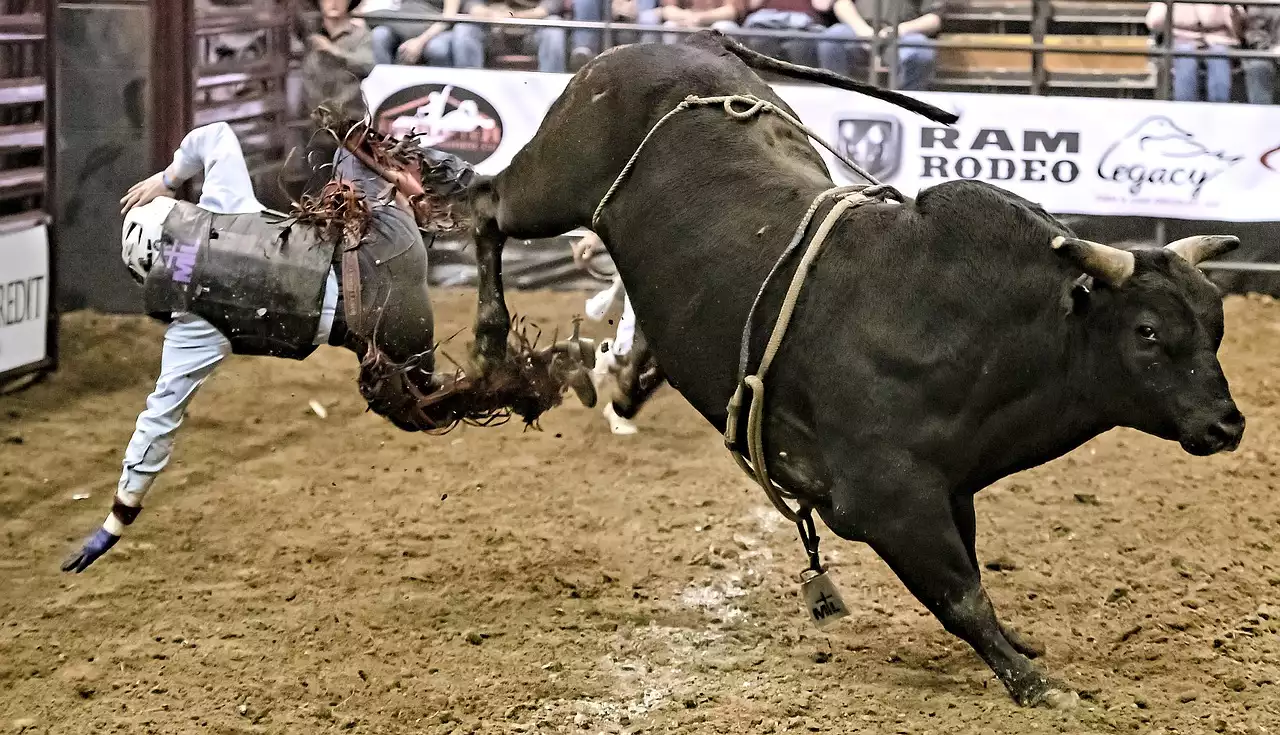Importance of Diet and Fitness for Rodeo Athletes
Rodeo is a physically demanding sport that requires a combination of strength, endurance, and agility. The athletes who compete at the highest level must be in excellent physical condition to perform at their best. This is why diet and fitness are so important for rodeo athletes. A proper diet and fitness regime can help these athletes build muscle, increase endurance, and improve overall performance.
Rodeo athletes need to be in peak physical condition to compete at the highest level. They must be able to ride a bucking bull or horse for eight seconds or race around barrels on horseback in a matter of seconds. These activities require a high level of strength, endurance, and agility. A proper diet and fitness regime can help rodeo athletes achieve these physical attributes.
Good nutrition is also essential for rodeo athletes. They need to consume the right amount of carbohydrates, protein, and fats to fuel their bodies for competition. A well-balanced diet can also help prevent injuries and aid in recovery after a tough competition.
Dietary Requirements of Rodeo Athletes
The dietary requirements of rodeo athletes are similar to those of other athletes who engage in high-intensity sports. They need a balanced diet that provides them with the necessary nutrients to fuel their bodies for competition. Rodeo athletes need to consume a lot of carbohydrates to provide them with the energy they need to perform at their best.
Protein is also essential for rodeo athletes. It helps build and repair muscle tissue, which is important for athletes who engage in high-intensity activities. They should consume lean protein sources such as chicken, fish, and lean cuts of beef.
Fats are also an essential part of a rodeo athlete's diet. They provide the body with energy and help absorb certain vitamins. However, rodeo athletes should consume healthy fats such as those found in nuts, seeds, and avocados.
Examples of Rodeo Athlete Meal Plans
A typical meal plan for a rodeo athlete might include:
- Breakfast: Oatmeal with berries and almonds, scrambled eggs, and whole wheat toast.
- Snack: Greek yogurt with honey and granola.
- Lunch: Grilled chicken breast with brown rice and steamed vegetables.
- Snack: Apple slices with almond butter.
- Dinner: Grilled salmon with roasted sweet potatoes and asparagus.
This meal plan provides rodeo athletes with the right balance of carbohydrates, protein, and fats. It also includes plenty of fruits and vegetables to provide them with essential vitamins and minerals.
Pre-Competition Nutrition for Rodeo Athletes
Pre-competition nutrition is critical for rodeo athletes. They need to consume the right foods to provide them with the energy they need to perform at their best. Rodeo athletes should consume a meal that is high in carbohydrates and low in fat a few hours before competition.
Some pre-competition meal ideas for rodeo athletes include:
- Grilled chicken breast with sweet potato and green beans.
- Brown rice with black beans and grilled shrimp.
- Whole wheat pasta with marinara sauce and grilled chicken.
These meals provide the necessary carbohydrates to fuel their bodies for competition without causing digestive issues. They also include lean protein sources to aid in muscle recovery.
Strength and Conditioning Exercises for Rodeo Athletes
Strength and conditioning exercises are essential for rodeo athletes. These exercises help build muscle, increase endurance, and improve overall performance. Rodeo athletes should focus on exercises that target the muscles used during competition.
Some strength and conditioning exercises for rodeo athletes include:
- Squats and lunges to build leg strength.
- Pull ups and push ups to build upper body strength.
- Planks and side planks to improve core strength.
- Box jumps and sprints to increase cardiovascular endurance.
These exercises should be incorporated into a rodeo athlete's fitness regime to help them build the necessary strength and endurance to perform at their best.
Cardiovascular Training for Rodeo Athletes
Cardiovascular training is also essential for rodeo athletes. They need to have a high level of endurance to perform at their best. Cardiovascular training helps increase endurance and improve overall cardiovascular health.
Some cardiovascular training exercises for rodeo athletes include:
- Running or jogging to increase endurance.
- HIIT (High Intensity Interval Training) to improve overall fitness.
- Cycling to improve cardiovascular health.
- Swimming to increase endurance.
Cardiovascular training should be incorporated into a rodeo athlete's fitness regime to help them build the necessary endurance to perform at their best.
Rest and Recovery for Rodeo Athletes
Rest and recovery are also essential for rodeo athletes. They need to allow their bodies time to recover after intense competitions or workouts. Rodeo athletes should incorporate rest and recovery into their fitness regimes to prevent injuries and promote overall health.
Some rest and recovery techniques for rodeo athletes include:
- Getting enough sleep to allow the body time to recover.
- Stretching to prevent injury and improve flexibility.
- Massage and foam rolling to aid in muscle recovery.
- Active recovery exercises such as yoga or swimming.
Rest and recovery should be incorporated into a rodeo athlete's fitness regime to promote overall health and prevent injuries.
The Mental Aspect of Rodeo and Its Impact on Diet and Fitness
The mental aspect of rodeo is just as important as the physical aspect. Rodeo athletes need to have a strong mental game to perform at their best. This includes having a positive attitude, staying focused, and managing stress.
The mental aspect of rodeo can also impact diet and fitness. When athletes are stressed or anxious, they may be more likely to make poor food choices or skip workouts. Rodeo athletes should incorporate mental training into their fitness regime to improve overall performance.
Some mental training techniques for rodeo athletes include:
- Visualization exercises to help improve focus and performance.
- Meditation to reduce stress and anxiety.
- Positive self talk to improve confidence and attitude.
- Goal setting to help focus on achieving specific goals.










